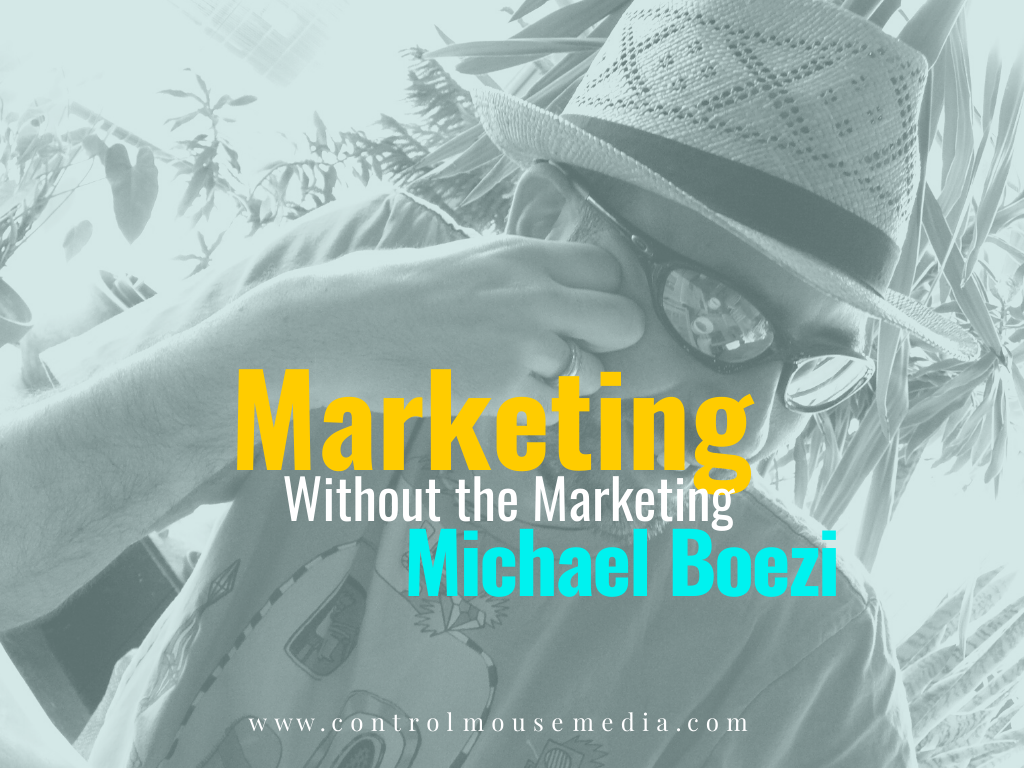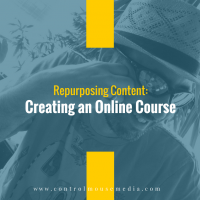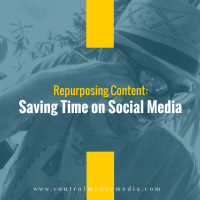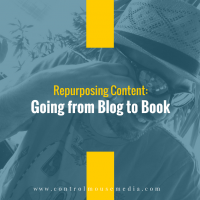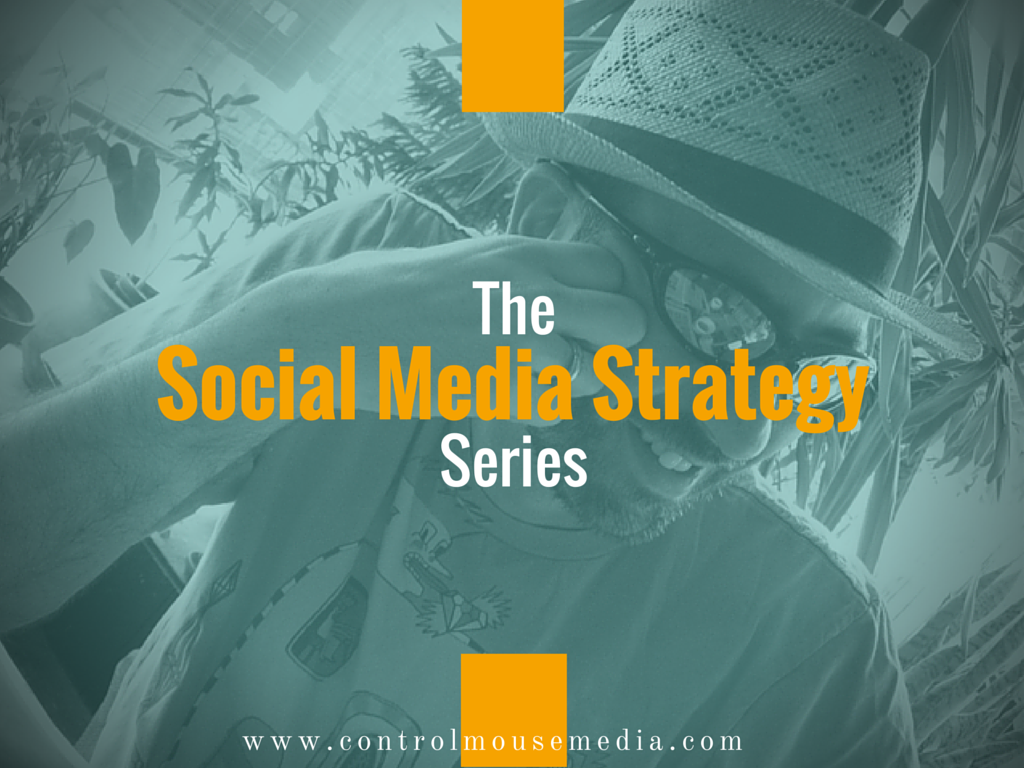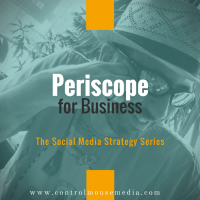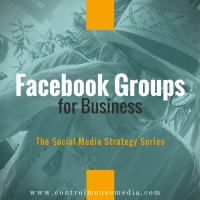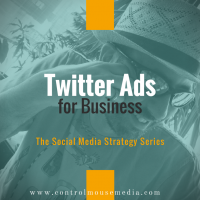Marketing Without the Marketing | Michael Boezi
This podcast is for small business owners and freelancers of all types (including authors, writers, and other creatives). It’s about how to build an online audience without all the “icky” marketing. It’s a much more ethical, “soft touch” approach.
Why this podcast?
I've been running my own business since 2014, and I’ve learned a lot about how to best serve my clients. Content strategy encompasses a very wide range of skills, so I provide a wide array of services. After all, each client is different.
But they all have one thing in common: My clients are building an audience using content. They are usually small business owners, freelancers, writers, or creatives. In other words, entrepreneurs of all types.
I help them with everything from strategy to tactics. Setting goals based on clear business objectives, building a strategy, and then executing it. Everything from writing, production, and deployment to measuring the results and iterating.
The purpose of this podcast is to show you how that’s done. I give you an overview of the principles behind content strategy to get you thinking about your own business – and I include questions and issues that come up in the real world working with real clients.
